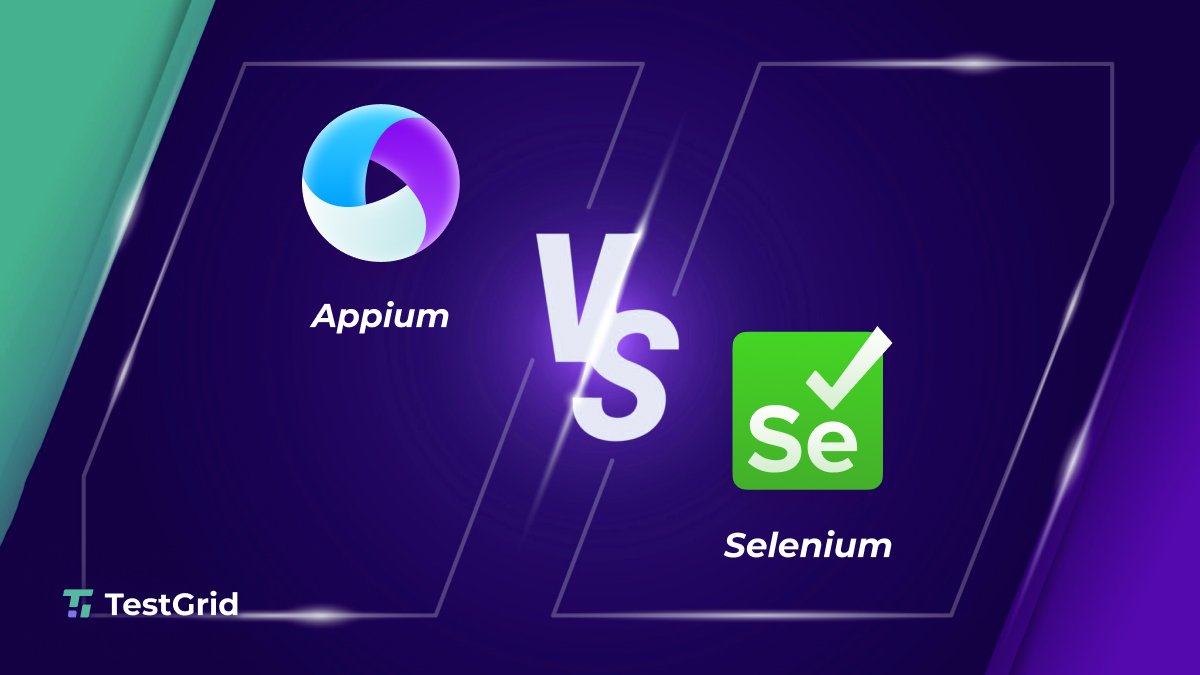The fitness industry is currently experiencing a major revolution, largely due to the rapid advancements in artificial intelligence (AI). AI is playing a pivotal role in the development of personalized workout plans and the creation of smart home fitness devices, contributing to a new era of innovation in the pursuit of health and fitness.
Personalized Home Fitness
Companies like Peloton and NordicTrack have incorporated AI Integration into treadmills, stationary bikes, and other fitness equipment. According to the Consegic Business Intelligence, the Home Fitness Equipment Market size is estimated to reach over USD 19,911.38 Million by 2031 from a value of USD 11,461.75 Million in 2023, growing at a CAGR of 7.1% from 2024 to 2031. These AI-powered devices offer personalized workout plans based on users’ fitness levels, goals, and progress. By analyzing data such as heart rate, calories burned, and workout history, AI created customized routines that adapt in real time to ensure users are always challenged yet not overexerted.
Adaptive Algorithms: AI utilizes machine learning algorithms to adjust workout plans continuously, ensuring that users remain engaged and motivated. By offering a variety of exercises that match their current fitness levels, these algorithms learn from each session, making necessary adjustments to intensity, duration, and exercise types based on the user’s progress and feedback.

Real-Time Feedback: AI systems provide immediate feedback on performance, allowing users to modify their form and effort during workouts. This feedback is essential for preventing injuries and ensuring that exercises are executed correctly, thus enhancing safety and effectiveness. For example, if a user’s running form begins to deteriorate, the AI can prompt corrections to maintain proper technique.
Convenience and Accessibility: AI-powered home fitness equipment allows users to access personalized training of high quality without the need to visit a gym. This convenience enables people to incorporate workouts into their schedules more easily, promoting consistency and long-term adherence to fitness programs. It also eliminates barriers such as travel time and gym membership costs, making fitness more accessible to a wider audience.
Smart Wearables and Fitness Apps
AI has also revolutionized the capabilities of smart wearables and fitness applications. AI is utilized by devices like Fitbit, Apple Watch, and Garmin to track various health metrics such as heart rate variability, sleep patterns, and activity levels. These wearables employ AI algorithms to provide custom insights and recommendations to the user. For example, AI can evaluate sleep data to propose optimal sleep schedules or interpret heart rate data to adjust workout intensity.
Data Analysis and Insights: AI processes large amounts of data from wearables, offering users comprehensive insights into their health and fitness. This data-driven method helps users gain a better understanding of their bodies and make informed decisions about their health and fitness routines. For instance, an AI algorithm might identify patterns in sleep and activity data indicating the need for more recovery time, helping users prevent overtraining.
Personalized Recommendations: Machine learning algorithms provide personalized guidance on nutrition, exercise, and recovery. By analyzing individual data points, AI can create customized plans that align with users’ specific needs and goals. This level of personalization increases the likelihood of achieving desired outcomes, whether it’s weight loss, muscle gain, or improved endurance.
Continuous Monitoring: AI facilitates continuous health monitoring, notifying users about potential health issues before they escalate. For instance, wearables can detect irregular heart rhythms or unusual activity patterns that might signal health problems, prompting users to seek medical advice. This proactive health management approach helps users maintain long-term well-being.

Virtual Personal Trainers
AI-driven virtual personal trainers have become a significant development. Tempo and Tonal platforms, for example, provide interactive fitness experiences where AI serves as a personal coach. These platforms utilize computer vision and motion sensors to analyze users’ form and technique in real-time, offering instant feedback and making adjustments. This technological approach ensures that users perform exercises correctly, reducing the risk of injury and maximizing workout effectiveness.
Computer Vision Technology: Virtual trainers powered by AI rely on advanced computer vision to accurately track movements. Through analyzing video input from cameras, these systems can identify form deviations and provide precise corrections. This level of detail is equivalent to having a human trainer present, ensuring that users maintain proper form during exercises.
Real-Time Corrections: AI provides instant feedback and adjustments to help users perform exercises safely and effectively. For instance, if a user is incorrectly performing a squat, the AI can promptly recognize the mistake and suggest corrections, preventing potential injuries and improving workout efficiency.
Cost-Effective Coaching: Virtual trainers offer high-quality coaching at a fraction of the cost of hiring a personal trainer. This makes professional guidance more accessible to a broader audience, allowing more people to benefit from expert advice and customized workout plans.
Data-Driven Fitness Insights
AI’s capacity to process and analyze large volumes of data has resulted in more informed fitness decision-making. Fitness enthusiasts and athletes can now utilize AI to gain deeper insights into their performance. Platforms such as Whoop and Oura utilize AI to analyze biometric data and offer actionable insights into recovery, readiness, and overall health. These insights assist users in optimizing their training schedules, preventing overtraining, and improving their performance.
Advanced Analytics: Through AI, complex biometric data is processed to offer users detailed insights into their physical well-being. These insights aid users in understanding their strengths and weaknesses, enabling them to concentrate on areas that need attention. For instance, heart rate variability can be analyzed by AI to gauge recovery status and preparedness for intense workouts.
Predictive Analysis: AI can anticipate potential health issues and provide recommendations for preventive actions. By pinpointing patterns and irregularities in biometric data, AI systems can notify users of possible risks before they manifest into significant problems. This predictive capability promotes long-term health and well-being by encouraging proactive measures.
Customized Feedback: Tailored feedback derived from individual data assists users in making informed decisions about their training and recovery. For example, AI may propose adjustments in workout intensity based on fatigue levels, assisting users in avoiding overtraining and achieving superior results.
Conclusion
The fitness industry is being transformed by AI, which is providing personalized, data-driven, and interactive fitness experiences. Through smart home fitness equipment, wearables, virtual personal trainers, and advanced fitness apps, AI is simplifying the process of achieving health and wellness goals. As technology progresses, AI is anticipated to have an increasingly prominent role in shaping the future of fitness, making it more accessible, efficient, and customized to individual needs.
Author Bio: I’m Saurabh, a Professional Content Writer at Consegic Business Intelligence with expertise in the Consumer Goods Industry.
Source: Consegic Business Intelligence – Home Fitness Equipment Market



